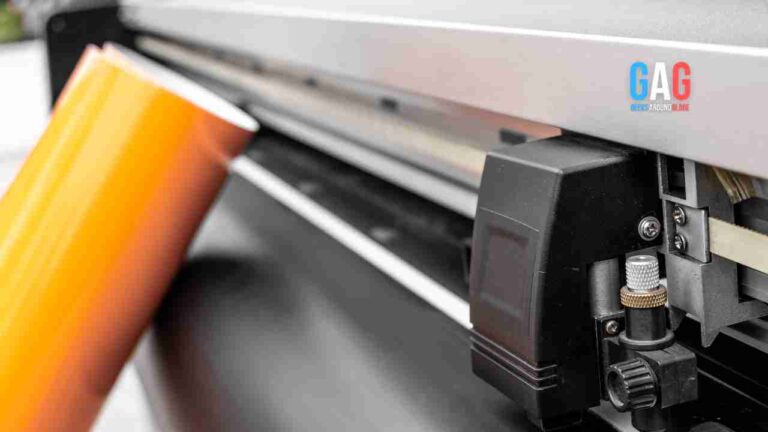- 1. Solar Installation Best Practices:
- 1.1. 1. Site Assessment and Design:
- 1.2. 2. Choose Quality Solar Panels and Components:
- 1.3. 3. Proper Roof Preparation and Attachment:
- 1.4. 4. Efficient Wiring and Electrical Work:
- 1.5. 5. Secure and Aesthetic Mounting:
- 1.6. 6. Thorough Commissioning and Testing:
- 1.7. 7. Obtain Necessary Permits and Approvals:
- 2. Solar Maintenance Best Practices:
Solar energy systems have gained widespread popularity due to their environmental benefits and potential for cost savings. However, the performance and longevity of a solar energy system heavily depend on the quality of its installation and ongoing maintenance. In this comprehensive guide, we will explore the best practices for solar installation and maintenance to ensure a seamless and efficient system that maximizes the benefits of clean, renewable energy.
For eco-friendly solar solutions in Hayward, consider this range of solar panels. They offer top-notch installation services, ensuring a seamless and efficient system for your sustainable energy needs.
Solar Installation Best Practices:
1. Site Assessment and Design:
A thorough site assessment is the foundation of a successful solar installation. Before proceeding, solar installers must assess diverse factors, such as the available roof or ground space, shading potential, local weather patterns, and the solar panel’s orientation and tilt angle. This assessment helps determine the optimal size and layout of the solar energy system, maximizing its energy production potential.
2. Choose Quality Solar Panels and Components:
Selecting high-quality solar panels and components is crucial for the long-term performance of the solar energy system. Reputable solar panels and inverters from well-established manufacturers often come with better warranties and a proven track record of reliability. Investing in quality components ensures that your solar energy system operates efficiently and withstands environmental challenges.
3. Proper Roof Preparation and Attachment:
For rooftop solar installations, it is paramount to ensure that the roof is structurally sound and can support the weight of the solar panels. Installers should inspect the roof for any signs of damage or weakness and make necessary repairs before installing. Proper roof attachment strategies include flashing and sealing, stem water leaks, and ensuring the roof’s integrity.
4. Efficient Wiring and Electrical Work:
Solar installations’ wiring and electrical work should adhere to industry standards and local electrical codes. Proper wiring and connections ensure efficient electricity flow from the solar panels to the inverter and the building’s electrical system. Qualified electricians should handle all electrical work to guarantee safety and optimal performance.
5. Secure and Aesthetic Mounting:
Solar panels must be securely mounted to defy wind, snow loads, and other weather elements. High-quality mounting structures and flashing are essential for the longevity of the solar energy system. Additionally, attention to aesthetics during installation ensures that the solar panels blend seamlessly with the building’s architecture.
6. Thorough Commissioning and Testing:
Once the solar energy system is installed, it should undergo thorough commissioning and testing to ensure all components function accurately. This process includes testing the solar panels, inverters, and monitoring systems to ascertain that they serve at their rated capacity.
7. Obtain Necessary Permits and Approvals:
Solar installations typically require permits and approvals from local authorities. Working with a reputable solar installation company familiar with local regulations is essential and we can obtain the necessary permits on your behalf. Proper permitting ensures your solar energy system complies with safety and building codes.
Solar Maintenance Best Practices:
1. Regular Inspection and Cleaning:
Regular inspections and cleaning are essential to maintaining the efficiency of your solar energy system. Dust, debris, bird droppings, and other contaminants can accumulate on the surface of the solar panels, reducing their energy production capacity. Periodic cleaning ensures that the solar panels operate at their optimal efficiency.
2. Monitoring and Performance Analysis:
Investing in a monitoring system allows you to track the performance of your solar energy system in real-time. Monitoring data provides insights into energy production, system efficiency, and potential issues. Regular performance analysis helps identify any underperforming panels or components requiring attention.
3. Addressing Shading Issues:
Shading can significantly impact the performance of solar panels. Trees, nearby buildings, or other obstructions may cast shadows on the solar panels, reducing energy production. Regularly trimming trees or addressing shading issues ensures your solar energy system operates efficiently.
4. Inspecting Wiring and Connections:
Periodic wiring and connection inspections are paramount to identifying loose or damaged components. Faulty wiring can cause energy losses and compromise the safety of your solar energy system. Regularly checking and tautening connections helps maintain the integrity of the system.
5. Inverter Maintenance:
The inverter is a critical component of the solar energy system that converts DC electricity generated by the solar panels into AC electricity for use in your home or business. Regular inverter maintenance and testing ensure that it operates efficiently and remains reliable.
Solar installation and maintenance are critical components of a successful and efficient solar energy system. Adhering to best practices during installation ensures that your solar panels are installed correctly, securely, and aesthetically. Regular maintenance, including inspections, cleaning, and performance analysis, helps maintain the system’s optimal efficiency and prolong its lifespan. By working with a sustainable solar company and investing in professional maintenance services, you can relish the full advantages of clean, renewable energy for years. A well-designed and properly maintained solar energy system reduces your carbon footprint and contributes to significant energy savings and a sustainable future for generations.






